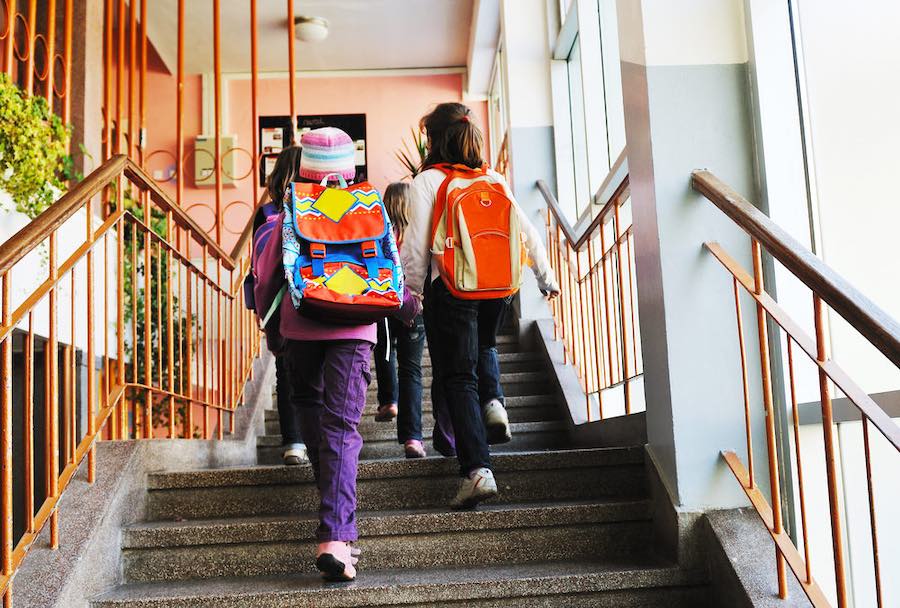
Whole School, Whole Community, Whole Child
Have you heard of CDC Healthy Schools? It’s a branch of the CDC that works with states, school systems, communities, and national partners to prevent chronic disease and promote the health and well-being of children and adolescents in schools.
Their framework, called Whole School, Whole Community, Whole Child (WSCC), helps implement their goals within schools. CDC Healthy Schools believes that schools can play a critical role in advocating for children’s health and wellness, as well as in defending against childhood obesity.
PHYSICAL EDUCATION AND PHYSICAL ACTIVITY
Of the 10 components detailed in the WSCC model, physical activity is one. The CDC believes that
schools can create an environment that offers many opportunities for students to be physically active throughout the school day.
To help schools implement more opportunities for movement, the CDC partnered with SHAPE America to provide step-by-step guidance for schools and districts to develop, implement, and evaluate comprehensive school physical activity programs (CSPAP) and to provide a template to get started.
A CSPAP integrates five key components: physical education, physical activity during school, physical activity before and after school, staff involvement, and family and community engagement. Physical education is the root of the plan. PE teachers have a unique opportunity to engage children in physical activity and to educate them about the importance and health benefits of an active lifestyle.
The CDC believes that “a well-designed physical education program provides the opportunity for students to learn key concepts and practice critical skills needed to establish and maintain physically active lifestyles throughout childhood, adolescence and into adulthood.”
STUDENT PARTICIPANTS
The CDC also recognizes the need to engage students as active participants in their learning and health. School leaders and family not only have the obligation to provide 60 minutes of activity a day to their children but also to educate students about the why of that physical activity.
For example, if we teach students about the health benefits of a solid breakfast or healthy snacks during the school day, they may be more likely to advocate for their own nutrition throughout their lifetime. When children learn about the benefits of physical activity and exercise for both the body and mind, they are more likely to seek out those activities later in life as well. Planting the seeds early is crucial for long-lasting results.
For more thoughts on Physical Education in schools, check out our post Are PE Teachers the New Healthcare Heroes?





